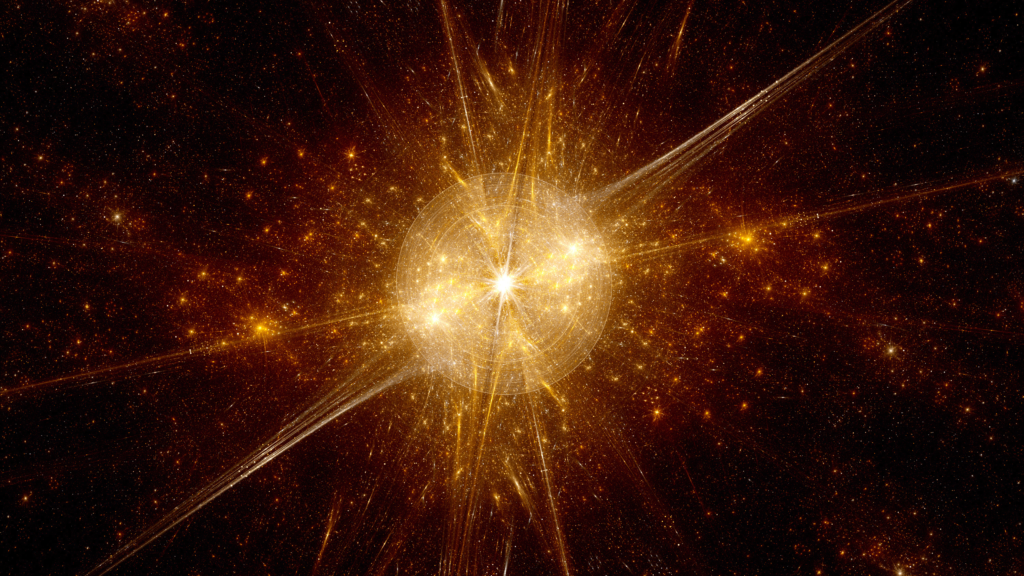The Magellanic Cloud
TheMagellanic Clouds are a group of irregular galaxies that share a gaseous envelope and are located around 22 degrees apart in the sky near the south celestial pole. The Large Magellanic Cloud (LMC) is a luminous patch around 5° in diameter, while the Small Magellanic Cloud (SMC) is less than 2° wide.
Our sun is a part of our Milky Way galaxy. There is a spiral is letting me there at about 200 billion stars. We often talk about another galaxy similar to the Milky Way called Andromeda Galaxy.
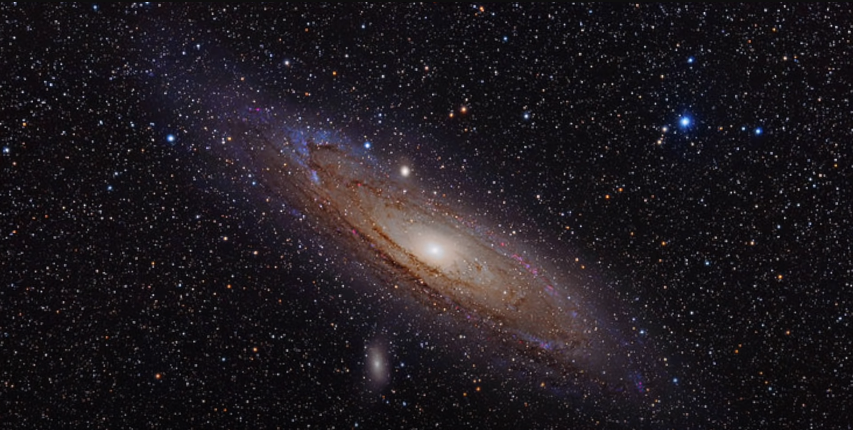
Which we can see without a telescope if we are on some dark side. But we will not talk about other galaxies, which are nearer to our galaxy. Actually, there are the most 50 satellite galaxies of the Milky Way. That is they are orbiting the Milky Way galaxy and out of these are majority are small and it is difficult to find them there.
But of these the two called The Magellanic Cloud are awesome and danse scene with the naked eye.
What are Small Magellanic Cloud and Large Magellanic Cloud
When is called Small Magellanic Cloud and that that is the Large Magellanic Cloud and as you can, guess the Small Magellanic Cloud is a little smaller than the Large Magellanic Cloud.
These galaxies can be seen with the naked eye but only from the southern hemisphere, and it is very easy to see them.
As you can expect, these have always been a part of the local folk stories of the southern hemisphere. This has been mentioned by Al-Sufi in his “ book of fixed stars ” of 964,BC that there are other stars in the southern hemisphere, and probably there is mention of these Magellanic stars also. These are called Magellanic clouds in honour of Portuguese sailor (Ferdinand Magellan) who was the first man to go around the world.
These large and small magellanic clouds are called irregular galaxies by Astronomers. There are some spiral shaped galaxies like the Milky Way and a lot of galaxies are called elliptical because they are oval-shaped. A few galaxies which are neither spiral nor elliptical are called irregular galaxies by astronomers. So these large and small magellanic clouds are irregular galaxies.
Large Magellanic Cloud
RELATIVE
| Apparent Magnitude | +0.9 |
| Angular Size | 650′ × 560′ |
| Distance | 163,000 ly |
DESIGNATIONS
| Names | LMC |
| Catalog IDS | PGC 17223 |
VISIBILITY
| Rises | Doesn’t Rise |
| Peaks | 8:36 AM (-12°) |
| Sets | Doesn’t set |
The Magellanic Cloud is 160 thousand light years away from the Milky Way and its size is 14,000 ly across compared to our Milky Way galaxy which is approximately 100,000 ly across.
Now this last supernova named supernova, 1987A which was visible to the naked eye took place in this large Magellanic Cloud.
Small Magellanic Cloud
RELATIVE
| Apparent Magnitude | +2.3 |
| Angular Size | 320′ × 200′ |
| Distance | 195,000 ly |
DESIGNATIONS
| Names | SMC |
| Catalog IDS | NGC 292 |
VISIBILITY
| Rises | Doesn’t Rise |
| Peaks | 4:05 AM (-15°) |
| Sets | Doesn’t set |
The small magellanic Cloud is 2000 light years away from us and is half the size of the large Magellanic Cloud almost 7000 ly across is the distance between these two galaxies is 75000 light years.
Large Magellanic Cloud in Detailed
Although these two are small, irregular galaxies spell, they are very interesting, especially with respect to star formation. In this larger Magellanic Cloud some store farming regions are the highest rated sports in the local universe. One such region, the Tarantula Nebula (30 dorados) visible to the naked eye in the southern hemisphere (looking like a star) is a very large star forming region.
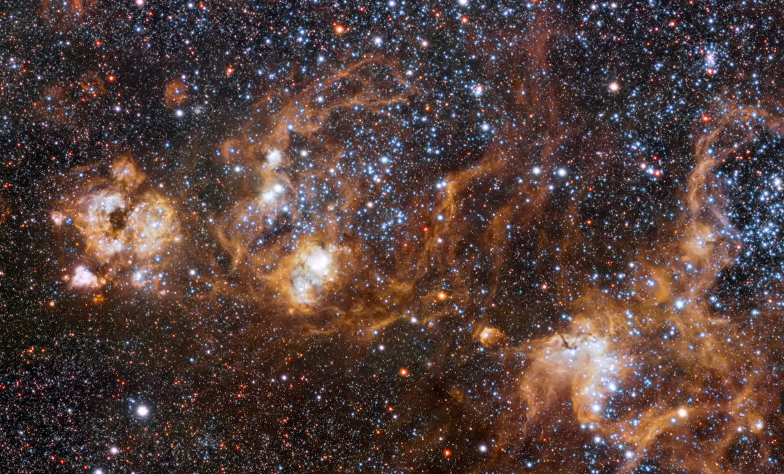
As you can see, it is a beautiful star forming region and it says is about 1000 light years. It is much larger than the Orion nebula, which is closest to the Sun in our Milky Way galaxy. There are different star, clusters there in which one named Hodge 30 one was from 25 million years ago, and it is presumably the oldest cluster in the region.
Stars in the Large Magellanic Cloud are very old, but the Hodge 30 one is the oldest cluster in the star forming region. That is a star formation in this region start a 25 million years ago.
This is a simulation of how did star formation take place and how was this nebula formed.
When new stars are formed they are formed in molecular cloud which are absolutely dark and then they collapse, new stars, and formed then the radiation (light) starts to carved out the nebula, and our estimate is that almost 40 supernovae took place in this hodge 301.
And because of this, the light started to spread and carved out this nebula rather the shock waves of this supernova explosion, further compress the gases in Nebula and as a result, trigger more star formation.
There is another star farming region near Hodge 301 named R136 where is star formation started about 2 million years ago and astronomers, think they were triggered by supernova Hodge 301.
Small Magellanic Cloud in Detailed
Now we go towards Small Magellanic Cloud leaving the Large Magellanic Cloud. There is one beautiful nebula there named is NGC60.
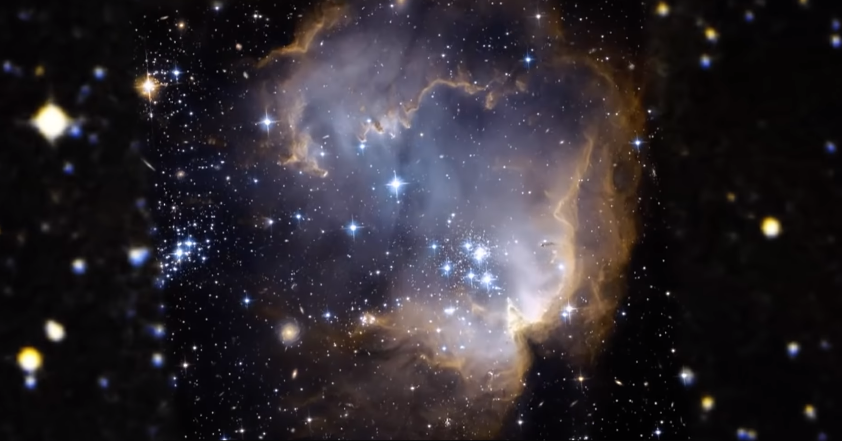
This star cluster was also formed from the nebula and is a being carved out by the Nebula, in a sense, it is a cavity made by the star cluster, and it is about hundred light years.
The picture is beautiful because it is showing us the different stages, that cluster can also be seen as well as the carved out Nebula.

But if you see closely, you can observe the background Galaxies. These galaxies are in 1 billion years away, but their orientation is such that they are seen behind the Nebula. So this is an amazing and novel picture of the Hubble space telescope.
Now, what is the origin of the large and small Magellanic Cloud? A little time ago, astronomers thought that these galaxies had always been orbiting the Milky Way, but the new observation tells us that this is the first time they are coming near the Milky Way orbit and they have come from Intergalactic Space.
Actually there is a Magellanic Clouds

And this stream is not of stars but of hydrogen gas and it was a part of the Small Magellanic Cloud which has stripped from the Galaxy.
First, it was presumed this stripping was done by the gravitational of the Milky Way but on further observation, it became evident that this is the Large Magellanic Cloud pulling the hydrogen gas from the Small Magellanic Cloud.
In fact simulation help you in tracing back the path and these simulations tell us that 1 billion years ago these Galaxies were 700 million miles away from the Milky Way Galaxy and they were interacting with each other.
And with the Knowledge we can trace the history of star formation.
Now this was talk of the past. What is the future of these galaxies?
The Astronomers say that after two and half billion years these galaxies will merge into one another and become a part of our galaxy (Milky Way Galaxy).
Now you think that this will be an uneven encounter. The milky way is also going to collide with the Andromeda Galaxy.
But this collision of the Magellanic Cloud is not of that type. In fact a bigger Galaxy, our Milky Way Galaxy is going to digest a smaller Galaxy.
There were examples of the sort present.
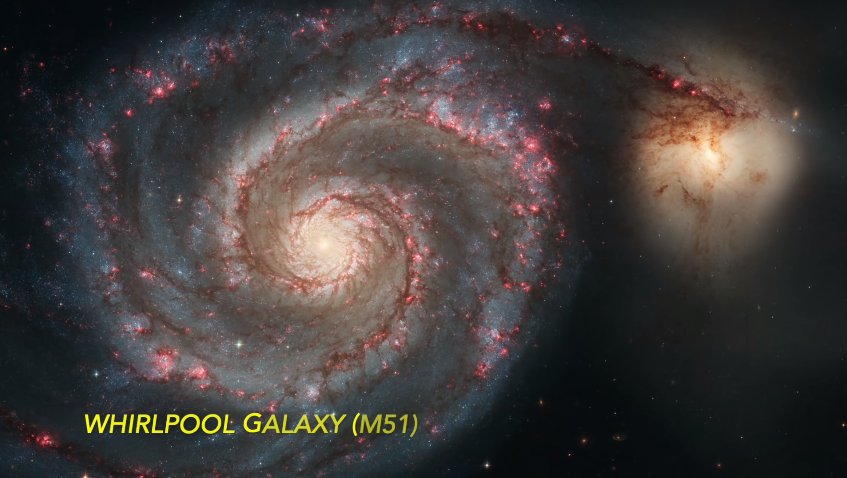
This shows us the encounter of a large Galaxy with a small irregular Galaxy.
So probably our Galaxy will look similar to this Galaxy when it collides with the Magellanic Clouds. Although this collision is Uneven, still it presumed that it will trigger a lot of star formation in our galaxy (Milky Way). This is what we are seeing in the Whirlpool (M51) Galaxy.
Leaving aside everything if you are leaving in the southern hemisphere or get a chance to visit Southern Hemisphere. Please see these large and small Magellanic Cloud definitely. I was imagining if planets are present in the large and small Magellanic Galaxies (and they won’t be there) and if life form is present there then the view of the Milky Way will be amazing for them. We see these clouds which are very attractive but for them, the view of the Milky Way galaxy on the Sky must be awesome.

